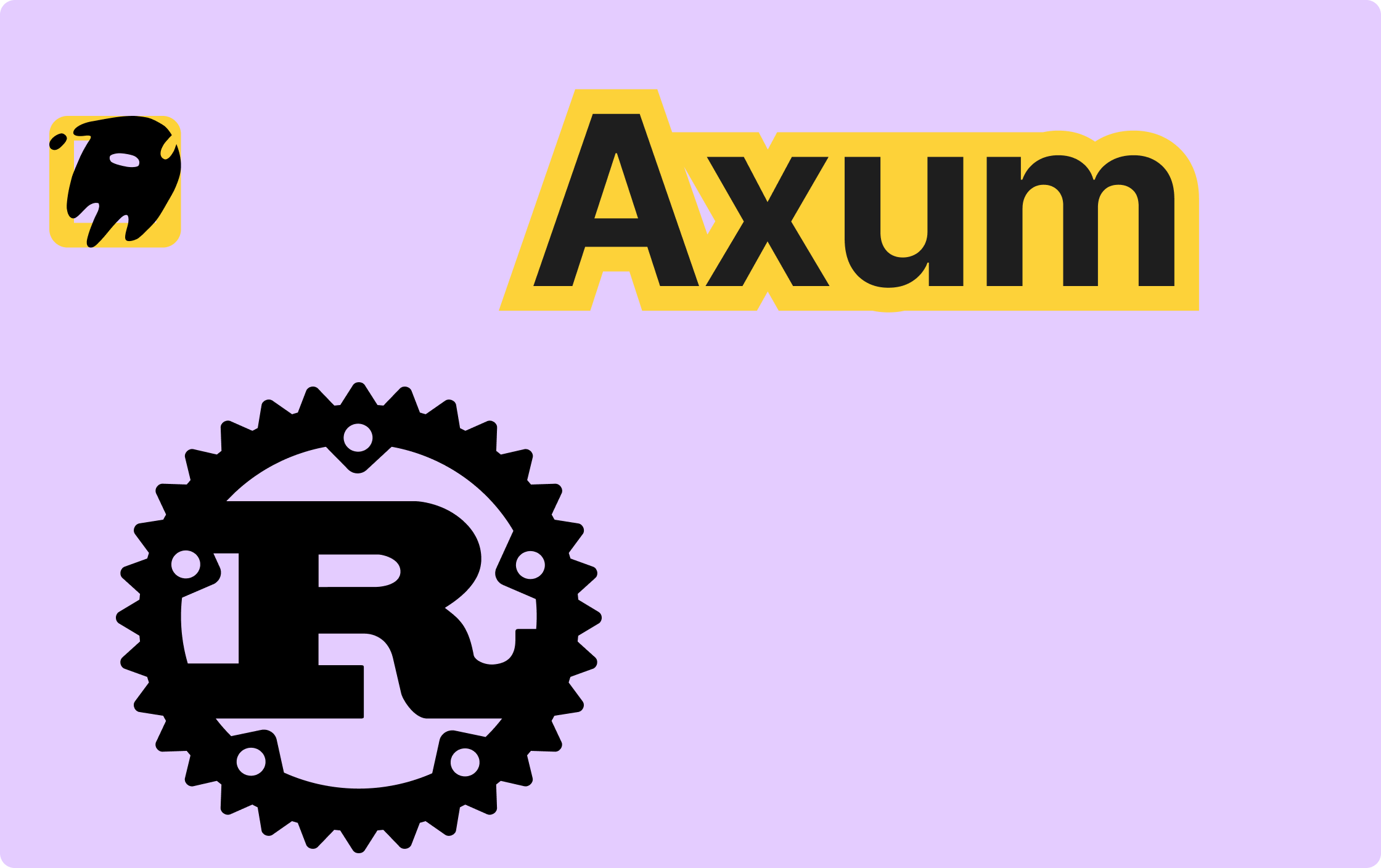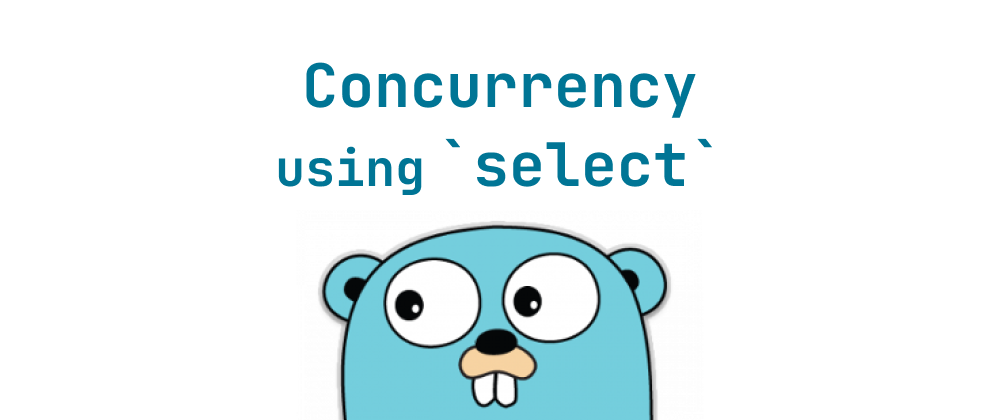Why Axum Could Be the Future of Rust Web Development
Wenhao Wang
Dev Intern · Leapcell

Why is Axum the Most Promising Web Framework in the Rust Ecosystem?
If you're a Rust developer, you've undoubtedly heard of Axum. This web framework, introduced by the Tokio team, has rapidly become a community favorite in just a few years, boasting over 22k GitHub stars—far surpassing other frameworks of the same era. What makes Axum stand out? What unique advantages does it offer compared to predecessors like Actix-web and Rocket? Today, we'll delve into this phenomenal framework.
I. Axum's "Zero-Cost Abstraction" Philosophy
Axum's core competitive advantage lies in its design philosophy that perfectly aligns with Rust's language features. Unlike many frameworks that pursue a "batteries-included" approach, Axum embraces a "lean design"—providing only core web development abstractions while allowing additional capabilities to emerge naturally through its ecosystem.
This design directly reduces cognitive load. Consider this simple Hello World example:
use axum::{routing::get, Router}; use std::net::SocketAddr; #[tokio::main] async fn main() { // Build routes let app = Router::new().route("/", get(|| async { "Hello, World!" })); // Define listen address let addr = SocketAddr::from(([127, 0, 0, 1], 3000)); println!("listening on {}", addr); // Start server axum::Server::bind(&addr) .serve(app.into_make_service()) .await .unwrap(); }
This code contains almost no framework-specific concepts, perfectly aligning with Rust developers' intuition. In contrast, an equivalent implementation in Actix-web requires understanding Actor model concepts, while Rocket demands handling macro attributes and lifecycle management—both less beginner-friendly.
Axum's "zero-cost" approach also manifests in its sophisticated use of the type system. Its Extractor system allows developers to declare required request data through function parameters, with the framework validating all dependencies at compile time:
use axum::{ extract::{Path, Query}, routing::get, Router, }; use serde::Deserialize; #[derive(Deserialize)] struct QueryParams { page: u32, limit: u32, } // Extract both path and query parameters async fn handler( Path(user_id): Path<u64>, Query(params): Query<QueryParams>, ) -> String { format!( "User ID: {}, Page: {}, Limit: {}", user_id, params.page, params.limit ) } let app = Router::new() .route("/users/:user_id", get(handler));
This design not only simplifies code but also converts numerous runtime errors into compile-time errors—perfectly embodying the "safety first" idea embraced by Rust developers.
II. Seamless Integration with the Tokio Ecosystem
Axum's development by the Tokio team gives it a significant advantage in deep integration with the async runtime. As Rust's most mature async runtime, Tokio boasts a vast ecosystem and production-proven performance.
This integration shines in high-concurrency scenarios. For example, when performing database operations, Axum can directly leverage Tokio's async IO capabilities:
use axum::{routing::get, Router}; use sqlx::PgPool; use std::net::SocketAddr; async fn users_handler(pool: PgPool) -> String { // Perform async database query with sqlx let users = sqlx::query!("SELECT id, name FROM users") .fetch_all(&pool) .await .unwrap(); format!("Found {} users", users.len()) } #[tokio::main] async fn main() { // Create database connection pool let pool = PgPool::connect("postgres://user:pass@localhost/db") .await .unwrap(); // Inject connection pool into application state let app = Router::new() .route("/users", get(users_handler)) .with_state(pool); // State is automatically passed to handlers that need it let addr = SocketAddr::from(([127, 0, 0, 1], 3000)); axum::Server::bind(&addr) .serve(app.into_make_service()) .await .unwrap(); }
In contrast, while Actix-web also supports async operations, it requires an Actor model and message-passing mechanism, adding an extra abstraction layer. Rocket only introduced async support in version 0.5, with a less mature ecosystem.
Axum's state management system demonstrates similar design wisdom. Application state injected via the with_state method can be accessed in any handler through extractors, eliminating the need for manual passing and greatly simplifying dependency management.
III. Comparative Analysis with Other Popular Frameworks
To better understand Axum's advantages, let's compare it with two other major frameworks in the Rust ecosystem:
1. Axum vs Actix-web
Actix-web was one of the first mature web frameworks in the Rust ecosystem, known for its high performance. However, its design philosophy differs significantly from Axum:
- Abstraction Level: Actix-web is based on the Actor model, requiring understanding of concepts like Actor and Context; Axum adheres more closely to native Rust syntax.
- Performance: Both perform similarly in benchmarks, but Axum typically has lower memory usage.
- Ecosystem: Actix-web has its own async runtime, creating some separation from the Tokio ecosystem; Axum is fully integrated with Tokio.
Here's a code comparison implementing the same functionality in both frameworks:
Actix-web version:
use actix_web::{get, web, App, HttpResponse, HttpServer, Responder}; #[get("/users/{user_id}")] async fn get_user( user_id: web::Path<u64>, db_pool: web::Data<sqlx::PgPool>, ) -> impl Responder { let user = sqlx::query!("SELECT id, name FROM users WHERE id = $1", user_id) .fetch_one(db_pool.get_ref()) .await .map_err(|_| HttpResponse::NotFound()); match user { Ok(user) => HttpResponse::Ok().body(format!("User: {}", user.name)), Err(resp) => resp, } } #[actix_web::main] async fn main() -> std::io::Result<()> { let pool = sqlx::PgPool::connect("postgres://user:pass@localhost/db") .await .unwrap(); HttpServer::new(move || { App::new() .app_data(web::Data::new(pool.clone())) .service(get_user) }) .bind(("127.0.0.1", 8080))? .run() .await }
Axum version:
use axum::{ extract::{Path, State}, http::StatusCode, routing::get, Router, }; use sqlx::PgPool; use std::net::SocketAddr; async fn get_user( Path(user_id): Path<u64>, State(pool): State<PgPool>, ) -> Result<String, StatusCode> { let user = sqlx::query!("SELECT id, name FROM users WHERE id = $1", user_id) .fetch_one(&pool) .await .map_err(|_| StatusCode::NOT_FOUND)?; Ok(format!("User: {}", user.name)) } #[tokio::main] async fn main() { let pool = sqlx::PgPool::connect("postgres://user:pass@localhost/db") .await .unwrap(); let app = Router::new() .route("/users/:user_id", get(get_user)) .with_state(pool); let addr = SocketAddr::from(([127, 0, 0, 1], 8080)); axum::Server::bind(&addr) .serve(app.into_make_service()) .await .unwrap(); }
Axum's code more closely resembles standard Rust syntax, with more natural error handling that doesn't require learning framework-specific Responder patterns.
2. Axum vs Rocket
Rocket is known for its elegant routing macros and automatic documentation generation, but its development path differs from Axum's:
- Maturity: Rocket had a long wait between versions 0.4 and 0.5, with async support only arriving in 0.5; Axum was designed for async from the start.
- Flexibility: Rocket leans toward "convention over configuration" with fixed implementations for many features; Axum offers more flexibility, allowing developers to compose features as needed.
- Compile-time Checks: Both emphasize compile-time safety, but Axum's extractor system is more flexible.
While Rocket's route definitions are concise, they rely heavily on macro magic:
#[get("/users/<user_id>?<page>&<limit>")] fn get_users(user_id: u64, page: u32, limit: u32) -> String { format!("User: {}, Page: {}, Limit: {}", user_id, page, limit) }
Axum, while requiring explicit extractor declarations, offers a clearer type system and better extensibility:
async fn get_users( Path(user_id): Path<u64>, Query(params): Query<QueryParams>, ) -> String { format!("User: {}, Page: {}, Limit: {}", user_id, params.page, params.limit) }
IV. Axum's Ecosystem and Practical Examples
Though relatively young, Axum's ecosystem is growing rapidly, forming a complete web development toolchain:
- Database Access: sqlx, diesel-async provide async database support
- Authentication: axum-login, axum-jwt handle authentication and authorization
- Template Engines: askama, minijinja for server-side rendering
- API Documentation: utoipa with swagger-ui for OpenAPI support
Let's examine a more complete practical example implementing an authenticated RESTful API:
use axum::{ extract::{Path, State}, http::StatusCode, middleware, routing::{delete, get, post}, Json, Router, }; use axum_jwt::JwtMiddleware; use serde::{Deserialize, Serialize}; use sqlx::{FromRow, PgPool}; use std::net::SocketAddr; // Define data models #[derive(Serialize, FromRow)] struct User { id: u64, username: String, email: String, } #[derive(Deserialize)] struct CreateUserRequest { username: String, email: String, password: String, } // JWT authentication middleware fn auth_middleware() -> JwtMiddleware { JwtMiddleware::new("secret".as_bytes()) } // Route definitions fn routes(pool: PgPool) -> Router { // Public routes let public_routes = Router::new() .route("/users", post(create_user)) .route("/login", post(login)); // Protected routes let protected_routes = Router::new() .route("/users", get(list_users)) .route("/users/:id", get(get_user)) .route("/users/:id", delete(delete_user)) .layer(middleware::from_fn_with_state( pool.clone(), auth_middleware, )); Router::new() .merge(public_routes) .merge(protected_routes) .with_state(pool) } // Handler implementations (details omitted) async fn create_user(...) -> ... {} async fn login(...) -> ... {} async fn list_users(...) -> ... {} async fn get_user(...) -> ... {} async fn delete_user(...) -> ... {} #[tokio::main] async fn main() { let pool = PgPool::connect("postgres://user:pass@localhost/db") .await .unwrap(); let app = routes(pool); let addr = SocketAddr::from(([127, 0, 0, 1], 3000)); axum::Server::bind(&addr) .serve(app.into_make_service()) .await .unwrap(); }
This example demonstrates typical Axum usage in real projects: implementing authentication through middleware, injecting database connection pools via state management, and processing request data with extractors. The code structure is clear with well-defined component responsibilities, adhering to modern web development best practices.
V. Why Do Developers Love Axum?
The community's affection for Axum stems from its design philosophy:
- Respect for Rust's Language Features: Rather than imitating frameworks from other languages, Axum leverages Rust's type system and async capabilities.
- Progressive Learning Curve: Beginners can start quickly with simple examples and gradually learn more advanced features as needed.
- Balanced Abstraction Level: It avoids the complexity of low-level HTTP handling without introducing excessive abstraction, giving developers control over key details.
- Active Community Support: Continuous investment from the Tokio team and active community contributions ensure rapid framework iteration and timely issue resolution.
According to the 2023 Rust Developer Survey, Axum has surpassed Actix-web in adoption, becoming the most popular Rust web framework. Many prominent projects like Vector and Tremor have adopted Axum for their web layer solutions.
VI. Conclusion: Future Outlook for Axum
Axum's success isn't accidental; it represents a new direction in Rust web framework development: building on language features, focusing on developer experience, and driven by ecosystem collaboration.
As Rust continues to mature and its async ecosystem完善, Axum is poised for continued growth in the coming years. For developers, now is an excellent time to learn Axum—whether building high-performance API services, developing real-time communication applications, or creating microservice architectures, Axum offers a concise, secure, and efficient solution.
If you're still deciding on a Rust web framework, give Axum a try—it might just be the "just right" framework you've been looking for.
Leapcell: The Best of Serverless Web Hosting
Finally, we recommend the best platform for deploying Rust applications: Leapcell

🚀 Build with Your Favorite Language
Develop effortlessly in JavaScript, Python, Go, or Rust.
🌍 Deploy Unlimited Projects for Free
Only pay for what you use—no requests, no charges.
⚡ Pay-as-You-Go, No Hidden Costs
No idle fees, just seamless scalability.

🔹 Follow us on Twitter: @LeapcellHQ

